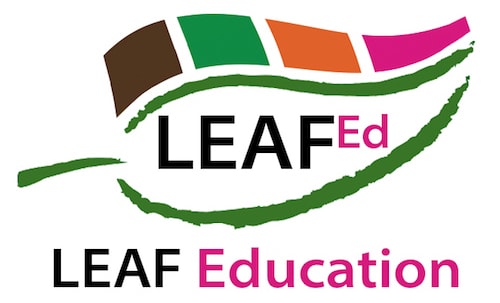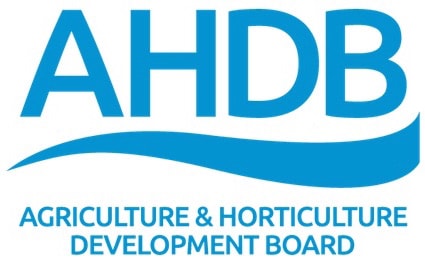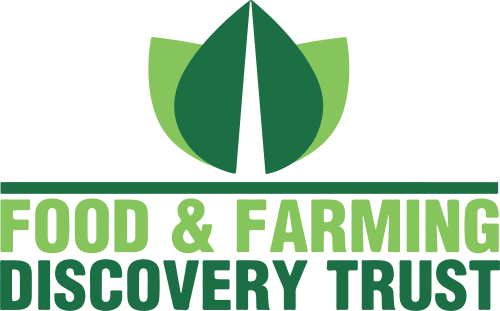Five handy suggestions to capitalise on the lingering excitement of your visit with these follow-up activities for the classroom.
The sight of lambs gambolling in green fields is a sure sign that spring is on its way and, for many schools, a sign that the annual visit to meet new born lambs at the local farm is approaching.
For a lucky few, there will be the opportunity to bottle feed an orphan lamb and marvel at its extraordinary strength as it pulls greedily on the bottle, and everyone who visits will encounter unfamiliar sights, sounds, smells and sensations on the day.
These experiences are not only enjoyable, but they are also incredibly valuable to children who are learning to make sense of the world around them. Capitalise on the lingering excitement of your visit with these follow-up activities for the classroom.
1. In English, practise spellings of the unfamiliar and irregular words you have encountered on your visit, such as ewe, lamb and wool.
2. In Art, try your hand at felt-making – it’s easier than you think. Download this resource to get started.
3. In Science, learn about selective breeding for different qualities. How did farmers of the past develop different breeds for different purposes, such as wool or meat production?
4. In PSHE, look at what food and conditions lambs need to be healthy. How is this similar or different to what children need?
5. In Maths, investigate how quickly lambs grow by measuring their size and weight at different ages. Ask the farmer to help you collect the data during your visit.
















